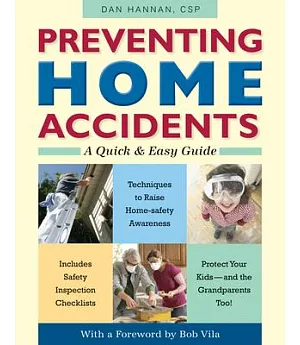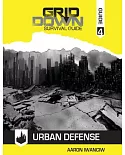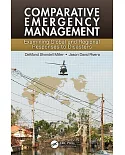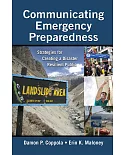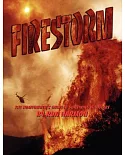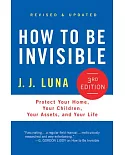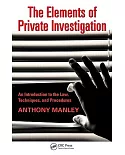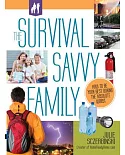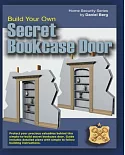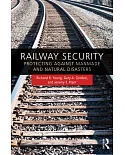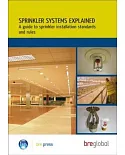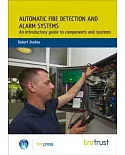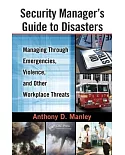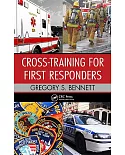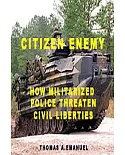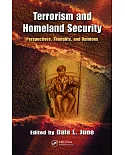There is a statistical gap between what we think we know and what we actually know about home safety. Home safety accidents disable more than 12 million people in
the home every year and is the fifth leading cause of death. Forty-five percent of all unintentional deaths occur in and around the home environment, claiming the lives of children, aging
parents, spouses, partners, and friends. Despite what we think we know or want to believe, the home environment is one of the most hazardous environments we inhabit. But how can we expect to
protect ourselves and the ones we love if we aren't even aware there is a problem?
According to home safety expert Dan Hannan's Safe at Home: A Resource for Making the Home a Safe Place, the news isn't all bad. In fact, he says, the statistics are largely reversible
and avoidable, as long as we can change our behavior. Hannan says 75% of all unintentional injuries and deaths in the home hinge on our behavior, more specifically, on the decisions we make.
And the first and most important home safety decision we should make is to improve our hazard recognition skills and become more safety conscious. Is it worth risking the alternative?
Homeowner's can't rely on product recalls or state and federal agencies to keep them and their loved ones safe in the home. Unlike other safety campaigns seen in our communities, the policing
and protection of our home environment depends entirely on the homeowner. Safe at Home: A Resource for Making the Home a Safe Place offers simple techniques to raise home-safety
awareness and improve our abilities to recognize hazards, correct hazards and prevent unintentional accidents from occurring in the home.
Each chapter of Safe at Home: A Resource for Making the Home a Safe Place has high quality imagery provided by equipment manufacturers to illustrate safety procedures; identifies
problems and hazards and their relevance to the home environment; recommends safety practices to assist homeowners in identifying hazards; gives action items for proactive prevention of
accidents; has a safety inspection checklist allowing homeowners to be thorough and organized in their approach to home safety; and lists a reference section providing links and other
resources for additional related safety information.

